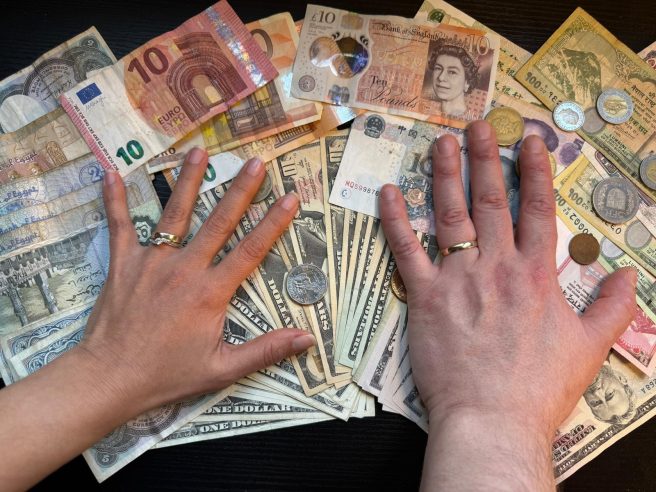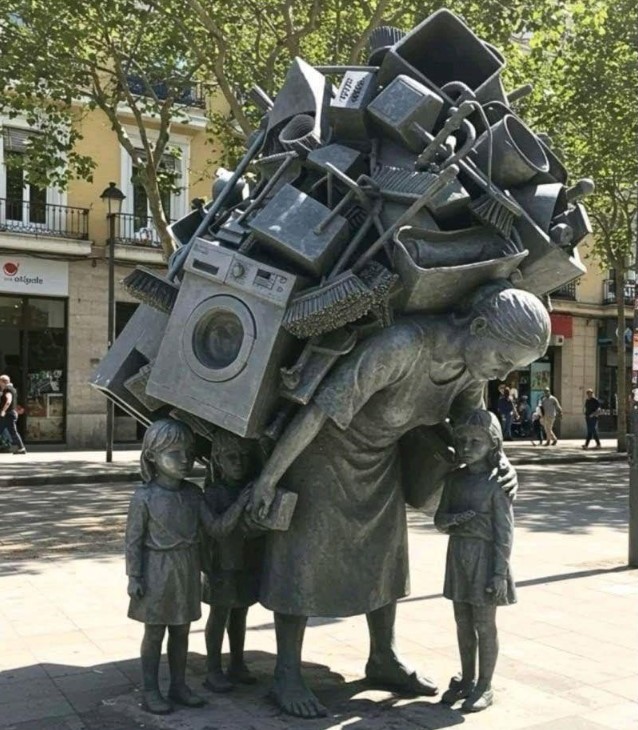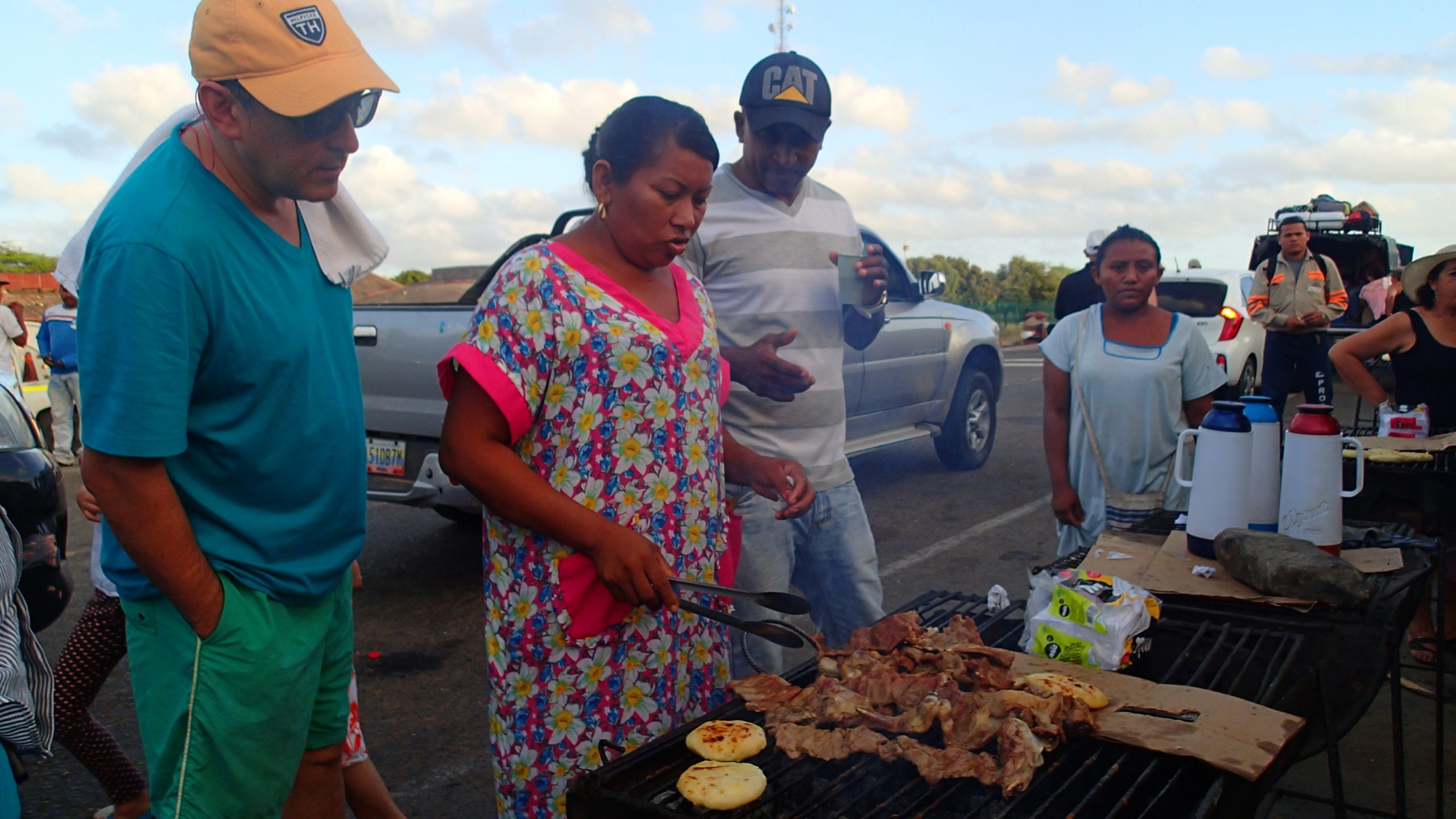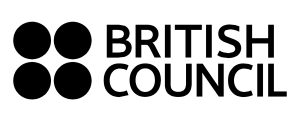
Reducing Gender Disparity in Higher Education
International Equal Pay Day: 18th September
5 October 2025
Equal pay is considered a human right, acknowledged by the International Labour Organisation (ILO) in 1919 [1], and supported by the Equal Remuneration Convention, 1951 (No. 100) [2-4], which was adopted by member states [3]. This legislation was proposed after the Second World War, when women began to join the labour force in large numbers. This convention establishes two types of inequalities: ‘equal pay for equal work’ and ‘equal pay for work of equal value’[4]. Remuneration encompasses not only a basic wage but also overtime pay, travel allowance, insurance, bonuses, and other benefits [5] that female workers often lack. Women also experience notably lower social protection [6], which also contributes to lower income, savings and pensions [5].
Gender equality is far from being achieved at work [1], because globally, women are paid less than men for the same work [4, 5]. The Sustainable Development Goals (SDG) also tackle the need to achieve equal pay for work of equal value [3], empowering girls and women to ensure that no one is left behind [2]. On the 18th September, as every year, International Equal Pay Day was celebrated [4, 6]. This day is marked in September because, by this month in the year, male workers have already earned what female workers will earn by the end of the year [4]. This commemoration aligns with the United Nations’ (UN) commitment to combating any form of discrimination. Gender pay inequality is an example of discrimination at work [1, 4, 6]; therefore, upholding equal pay is a crucial step in achieving gender equality in the labour market.
This gender pay gap is estimated to be around 20% worldwide [3, 5], and progress in reducing it has been slow, exacerbated by the COVID-19 crisis [3, 5]. This gap is bigger for women with diverse backgrounds, indigenous women, migrant women [6], physically challenged women, mothers and women heads of families. This gap increases with the number of children women have [5, 6]. This situation persists, despite equal pay for women and men having been broadly endorsed; however, implementing this commitment has been challenging [2]. This is usually the result of stereotypical assumptions regarding the kind of work considered ‘suitable’ for women [1, 4-6], which results in wages being substantially lower compared to other sectors [3, 5]. This unfair tendency is not correlated with educational level [4], although it is higher among women; they still earn less than their male counterparts in the same occupational group [3, 5].

Except for countries such as Iceland, the United States, and Luxembourg [5, 7], women remain in lower-level positions, thereby lacking access to decision-making positions [4] and being underrepresented at highly paid levels [1]. Another explanation is the multidimensional inequalities [5] between women and men, starting with the fact that globally, women’s participation in the labour market is 27% less than that of men, a percentage that rises to 50% in some countries [3, 4]. This gender gap in the labour market highlights the disparity in earned income and remuneration between women and men [3]. The sad truth is that women do not work less, and that is why their payment is lower; rather, unpaid domestic and care work has traditionally been attributed to women [4], preventing them from entering the paid labour market. Women do three more hours than men [6] of daily care, work that is usually underrecognized and/or valued [5]. Options for paid part-time jobs are available in countries in the Global North, but are largely nonexistent in countries in the Global South, forcing women in these regions to take on home-based jobs and/or work in the informal economy, often in unsafe environments [3, 5]. This situation constitutes an unequal access to opportunities [4].
The implementation of the 2030 Agenda for Sustainable Development also depends on a gender perspective [2, 3]; otherwise, by that time, 342.4 million girls and women will be living on less than $2.15 a day in abject poverty and 4% exposed to extreme food insecurity [5]. The ILO, UN Women, and the Organisation for Economic Co-operation and Development (OECD) are leading the Equal Pay International Coalition (EPIC) to achieve equal pay for women and men worldwide [3]. This initiative supports workers, employers, trade unions, and governments in coordinating actions [2] to close the pay gap through international cooperation, policy guidance, and advocacy [4]. This Equal Pay Day highlights the need to narrow this gap to fairly utilise the potential of the female workforce [4] and prevent them from falling into poverty [6]. Lower wages prevent women from putting food on the table, securing safe housing and accessing healthcare and education, perpetuating a cycle of poverty across generations [5].

To reduce the pay gap, top-down policies that include awareness campaigns are necessary to address it, including efforts to combat informal employment, enforce transparency in wages [4], and provide flexible working arrangements and/or subsidies for daycare payments, among other actions, to achieve gender equality. New Zealand approved the Equal Payment Amendment Bill in 2020 to enforce that women and men are paid equally for work that is different but still has equal value, particularly in chronically underpaid and female-dominated industries. The government must address jobs in care, healthcare, education, and social services, predominantly occupied by women, which are often underpaid and undervalued [5], despite their significant importance to society. These actions must be complemented by bottom-up approaches to sharing care and domestic work, as well as avoiding the stereotypical gender-based division of labour [3]. Stereotypes are constructed since infancy and can be broken down by implementing an educational model such as Hjalli. This educational model seeks to challenge traditional gender roles in infancy, allowing children to learn different behaviours and skills than those usually encouraged by society. Girls are taught to be more independent, adventurous, and assertive, while boys are encouraged to be more gentle, empathetic, and cooperative [8].
References
- ILO. Equal pay – Moving beyond discrimination to action in Africa. 2013 21st October 2023 [cited 2025 5th October 2025]; Available from: https://www.ilo.org/resource/news/equal-pay-moving-beyond-discrimination-action-africa.
- BFWG. International Equal Pay Day. 2025 [cited 2025 The 5th October 2025]; Available from: https://bfwg.org.uk/bfwg2/international-equal-pay-day/.
- Özcam, N. On the Recognition of 18 September as Equal Pay Day, Call from ILO and UN WOMEN Turkey Directors for “Equal Pay for Work of Equal Value” : “Equal Pay for Work of Equal Value” Should be the Guiding Principle As We Build Back Better. Newsroom 2020 [cited 2025 the 5th October 2025]; Available from: https://www.ilo.org/resource/article/recognition-18-september-equal-pay-day-call-ilo-and-un-women-turkey.
- ILO. What is 18 September Equal Pay Day? Newsroom 2024 [cited 2025 5th October 2025]; Available from: https://www.ilo.org/resource/news/what-18-september-equal-pay-day.
- UNwomen. Everything you need to know about pushing for pay equity. 2025 [cited 2025 5th October 2025]; Available from: https://www.unwomen.org/en/articles/explainer/everything-you-need-to-know-about-pushing-for-pay-equity.
- UN. Equal pay for work of equal value. 2025 [cited 2025 5th October 2025]; Available from: https://www.un.org/en/observances/equal-pay-day.
- CloudZero. The Leading Countries Breaking Barriers For Women In STEM. 2024 [cited 2025 15th March 2025]; Available from: https://www.cloudzero.com/blog/women-in-stem/#:~:text=1)%20Iceland,female%20workers%20in%20STEM%20roles.
- Hjallastefnan. The Hjalli Model. 2025; Available from: https://www.hjallimodel.com/.



